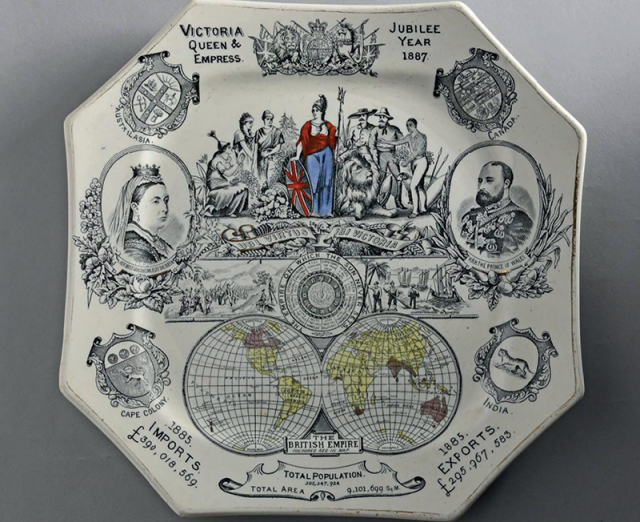Teaching the British Empire in primary history
Primary History article

Teaching the British Empire in primary history: very important but rather tricky!
The height of the BBC Proms season is its last night in the Royal Albert Hall. It features traditional patriotic songs such as Rule Britannia and Land of Hope and Glory. Cheerful crowds wave union flags as the magnificent music of Elgar and others swells to a crescendo. Contrast this with the crowd of protesters in Bristol who toppled the Victorian statue of slave trader Sir Edward Colston into the city docks in the wake of the Black Lives Matter movement in June 2020. What links these two occasions is that they are both legacies of the British Empire.
Even though the British Empire has long gone, the songs sung at the Last Night of the Proms continue to celebrate Britain’s historic role as a global power. The removal of Colston’s statue in Bristol was an attempt by protesters to get rid of a controversial local monument which commemorated Colston’s philanthropy in the city while ignoring how he acquired his wealth, that is through the enslavement of Africans. The contrast between the Last Night of the Proms and the toppling of Colston’s statue is symbolic of what Dewey would have defined as a ‘felt difficulty’ in British culture and identity, where traditional historical narratives are being directly and uncomfortably challenged to acknowledge the consequences of colonialism. So where do these ‘culture wars’ leave primary history?...
This resource is FREE for Primary HA Members.
Non HA Members can get instant access for £2.49

